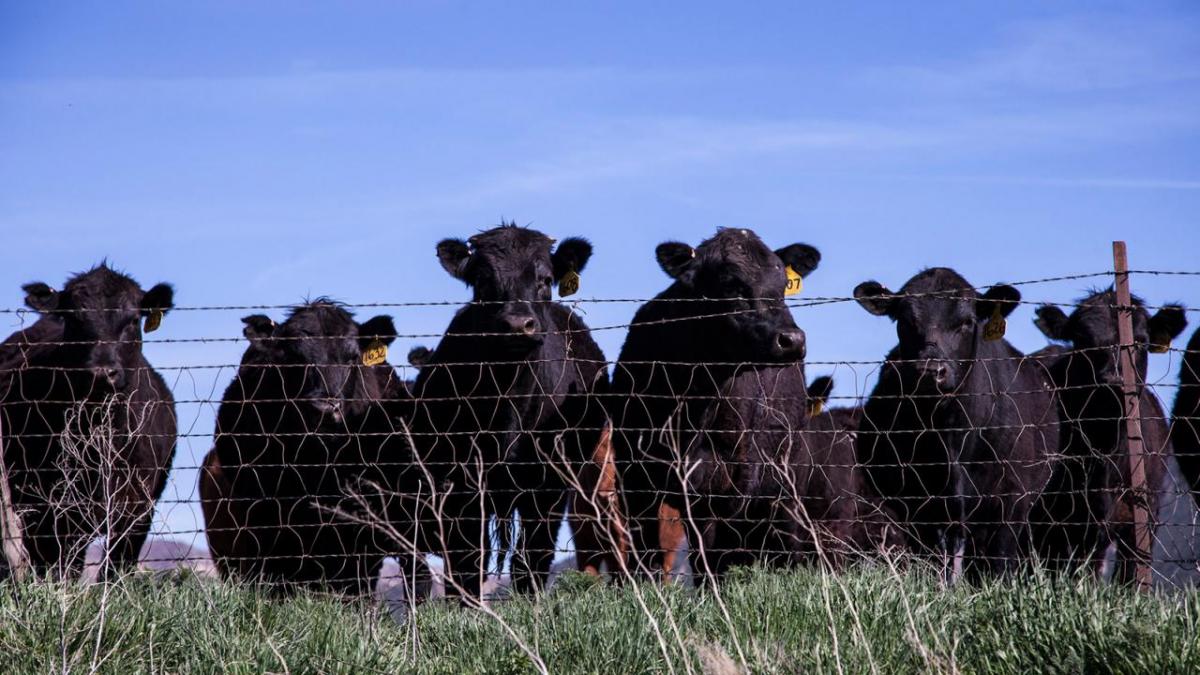Each week the USDA-AMS releases the weekly comprehensive boxed beef cutout (USDA-AMS LM_XB 463). Quality specific cutout values are calculated based on the percentage yield contribution of the seven primal cuts – brisket, chuck, flank, loin, rib, round and short plate. The contribution of these primal cuts effects the choice and select composite cut-out values and ultimately the choice-select spread.
Demand and supply of these primal cuts causes the choice-select spread to widen or narrow and exhibit seasonality characteristics. Recently wholesalers and retailers have noticed changing patterns in seasonality of these underlying primal cuts. Increasing quality/cut differentiated export demand is one reason these patterns have changed. Nearly 15% of all beef produced in the U.S. will find itself on the plate of a person outside the U.S. International tastes and preferences will continue to have a significant impact on traditional domestic wholesale beef price patterns. Strong export demand is important as it helps improve carcass utilization and supports higher live cattle prices.
The U.S. has made significant strides to improve market access for beef products worldwide. For example, recently Japan lifted its age verification requirement and the EU increased the U.S.’s guaranteed share for hormone-free beef. Both agreements are expected to increase beef sales by upwards of 10%. However, the U.S. has fallen short in others most noticeable with the Trans-Pacific Partnership (TPP) where Japanese beef tariffs were set to be reduced to 9% and duties completely reduced on 74% of beef products. Several other trade agreements are currently being negotiated.
U.S. wholesale beef demand has historically come from four countries: Japan, Canada, Mexico, and South Korea (see Figure 1). However, China’s growing middle class has increased the U.S.’s desire to service this market. Japan and China are two major markets that remain of considerable interest. Each represents a different story. Japan is a mature market. The U.S. has had sustained access and steadily increased market penetration for decades. China is an emerging market. The U.S. has limited direct, but greater indirect, beef access. Understanding consumer tastes and preferences for beef quality and cut aids in understanding price movements in domestic beef demand and ultimately the choice-select spread.
Greater China
U.S. beef sales to China, Hong Kong, and Vietnam (i.e. Greater China) are behind historical sales through the part of the year. Most of Chinese beef demand is serviced by Brazil, India, Argentina, Uruguay, and Australia. The U.S. is woefully behind. Brazil exported just over 200,000 metric tons to Greater China during the first four months of the year compared to just over 25,000 metric tons from the U.S. Chinese are high demanders of both Chuck and Rib wholesale cuts but their choice of quality grade remains ambiguous. Thus, while the U.S. - China trade battle continues, China remains the biggest beef importer in the world, by far the fastest growing market, and greatest potential for future beef demand.
Japan
Japan remains an important export market for U.S. beef even in the face of growing competition from Canada and Mexico. Japanese preference for Chuck and Loin wholesale cuts has remained strong. Some estimates suggest that Japan purchases nearly all cattle tongues further boosting domestic carcass values through variety meat purchases. Preference remains for Choice beef products. Increased market access from recent trade negotiations should further increase the demand for Choice beef products.
As the U.S. continues to increase the number of markets and the volume entering each market it exposes itself to new risks and opportunities. Shocks in international markets can have impacts on domestic wholesale meat demand. Recent events with African Swine Fever (ASF) in hogs is a recent example. Likewise, export markets have different tastes and preferences for U.S. beef quality and cut. Active export market development has permitted beef producers to boost production at a faster rate than domestic consumption. Strong demand is key to allowing all sectors of the industry to have positive margins simultaneously and will be key as beef production continues to grow. As the US continues to produce quality grain finished cattle, an understanding of trends in consumer tastes and preferences a beyond the U.S.’s borders will play a larger role in understanding price movements of the Choice-Select spread.
Figure 1. U.S. Beef Exports to Major Markets

Elliott Dennis
Assistant Professor of Livestock Marketing and Risk Management
Department of Agricultural Economics
elliott.dennis@unl.edu
